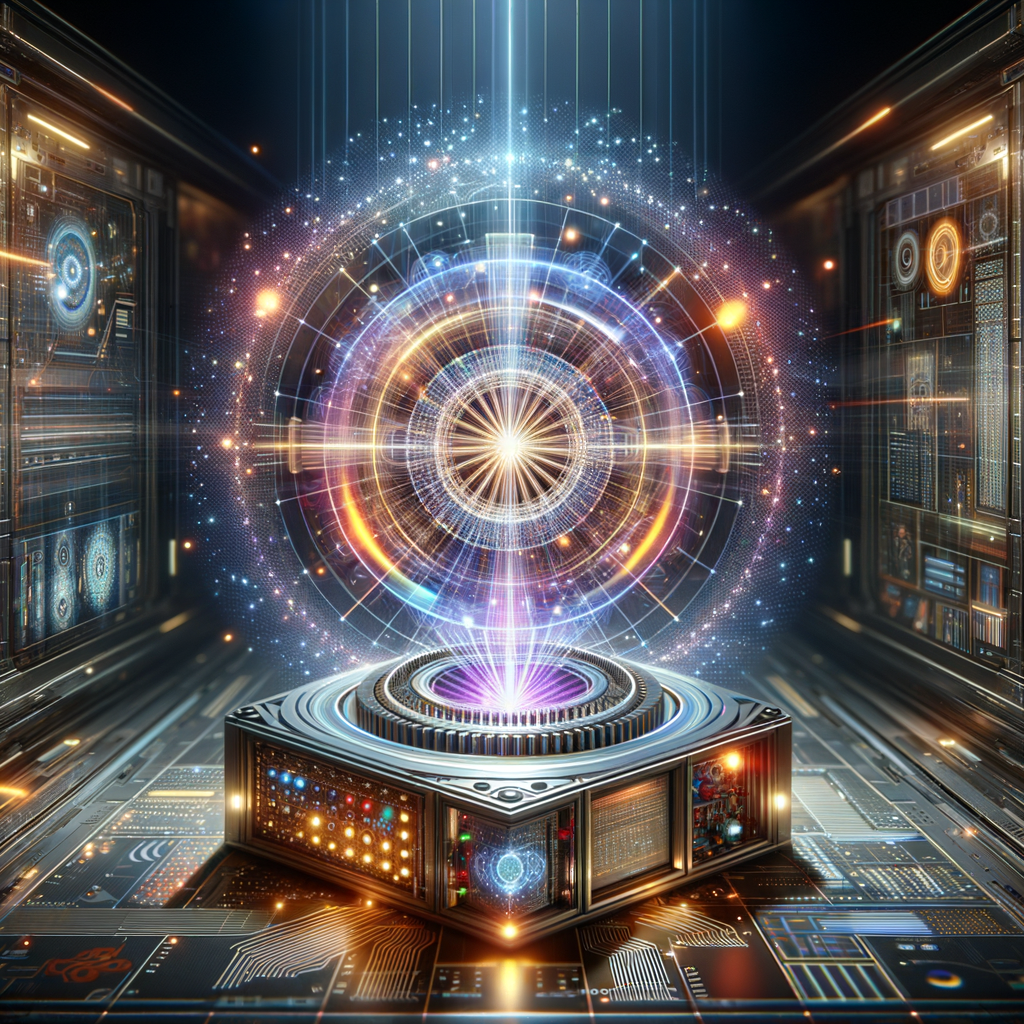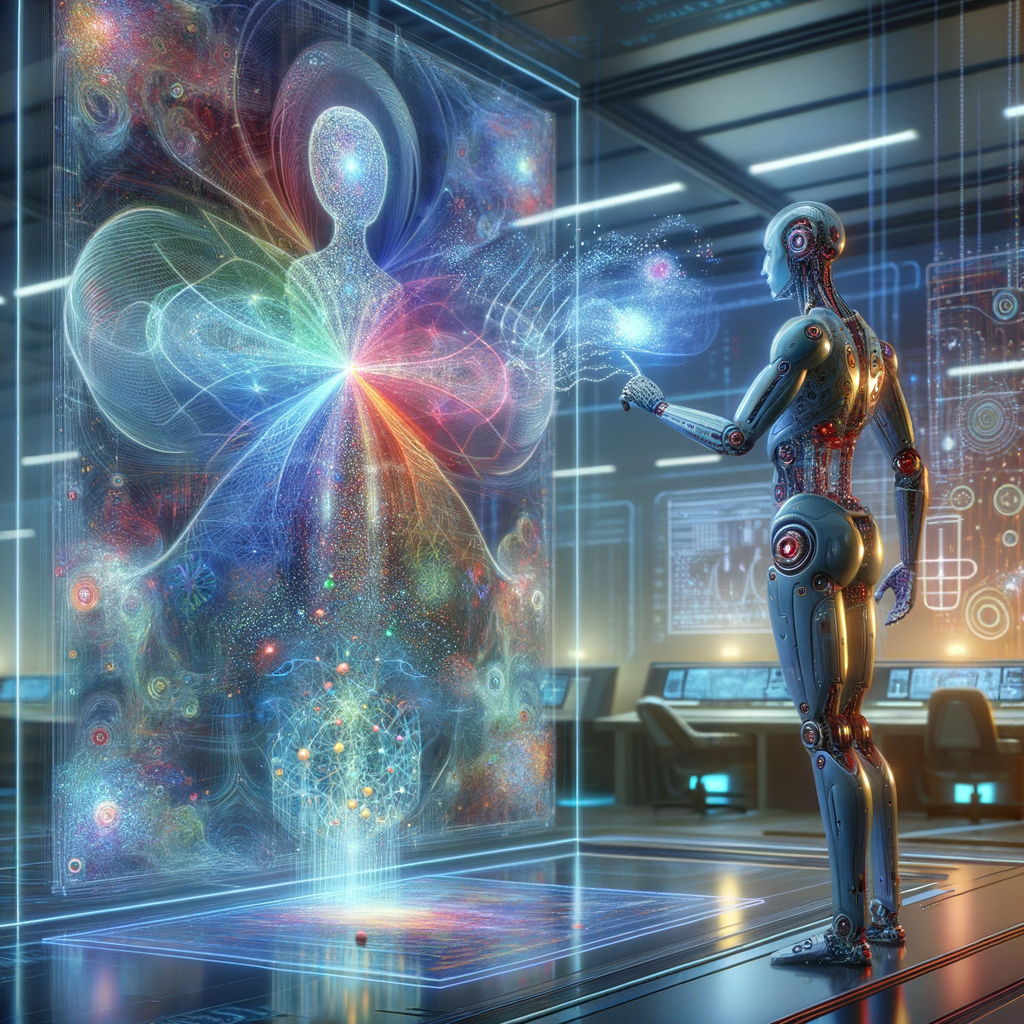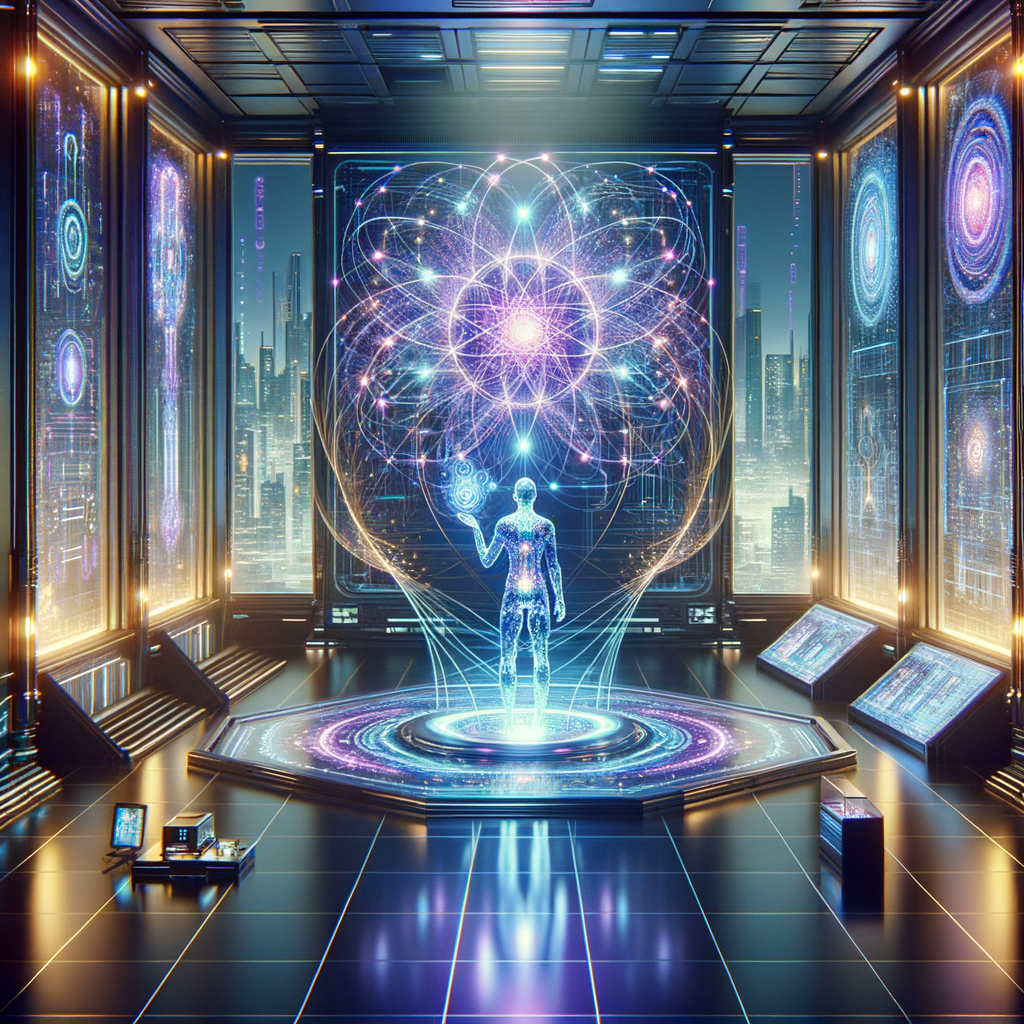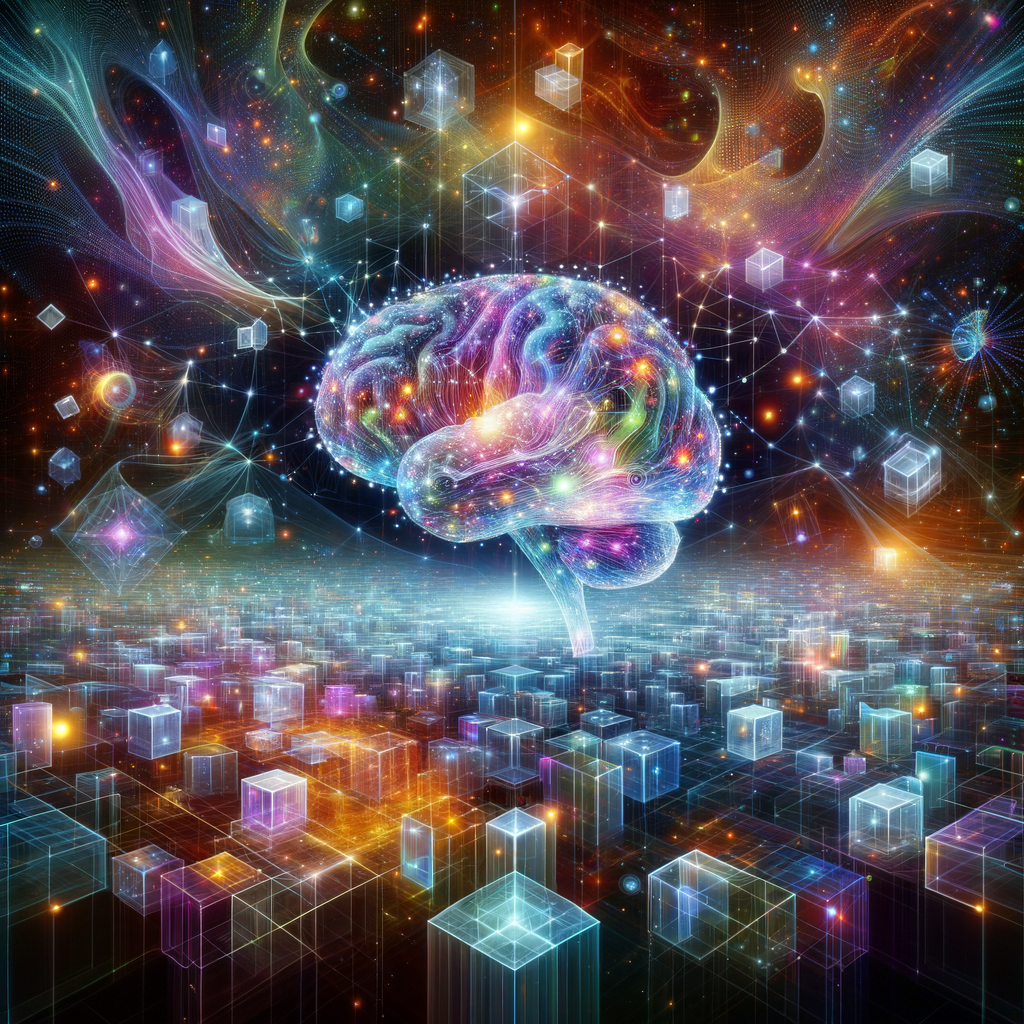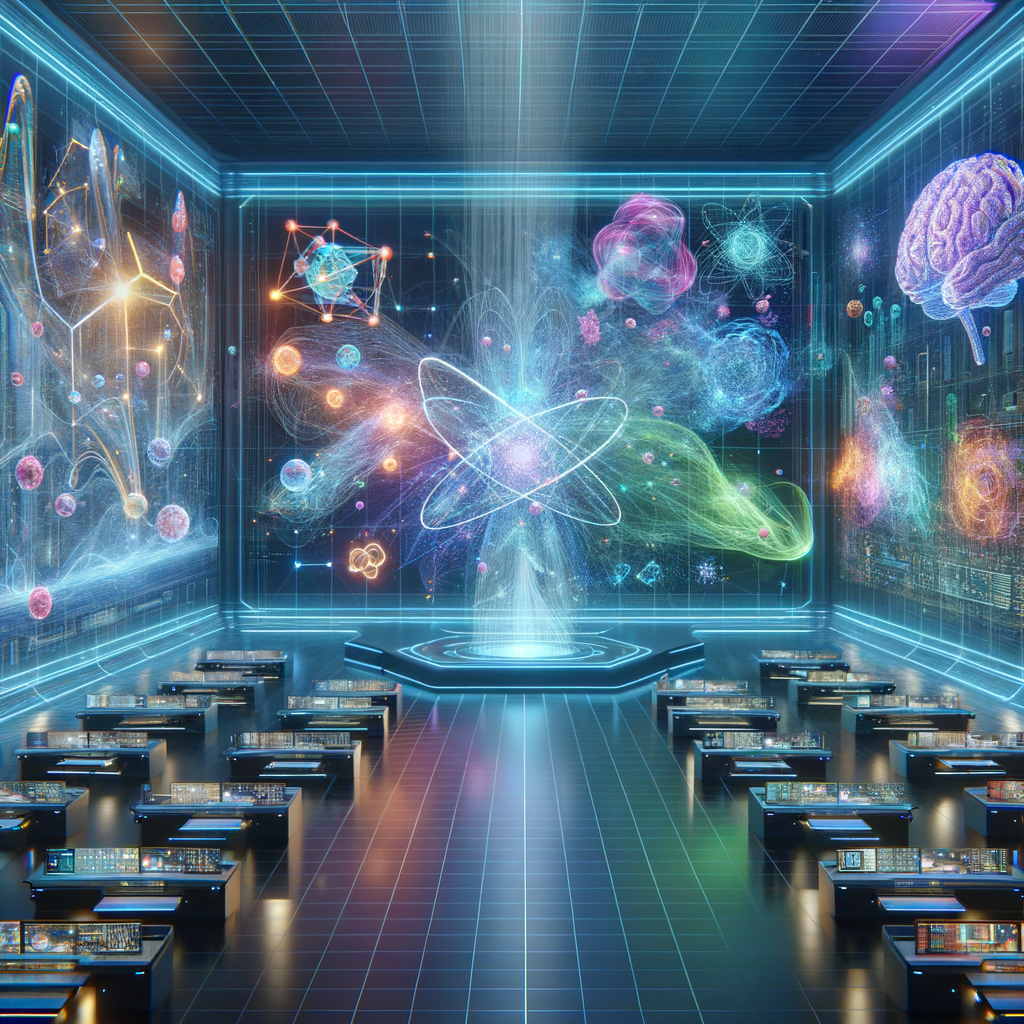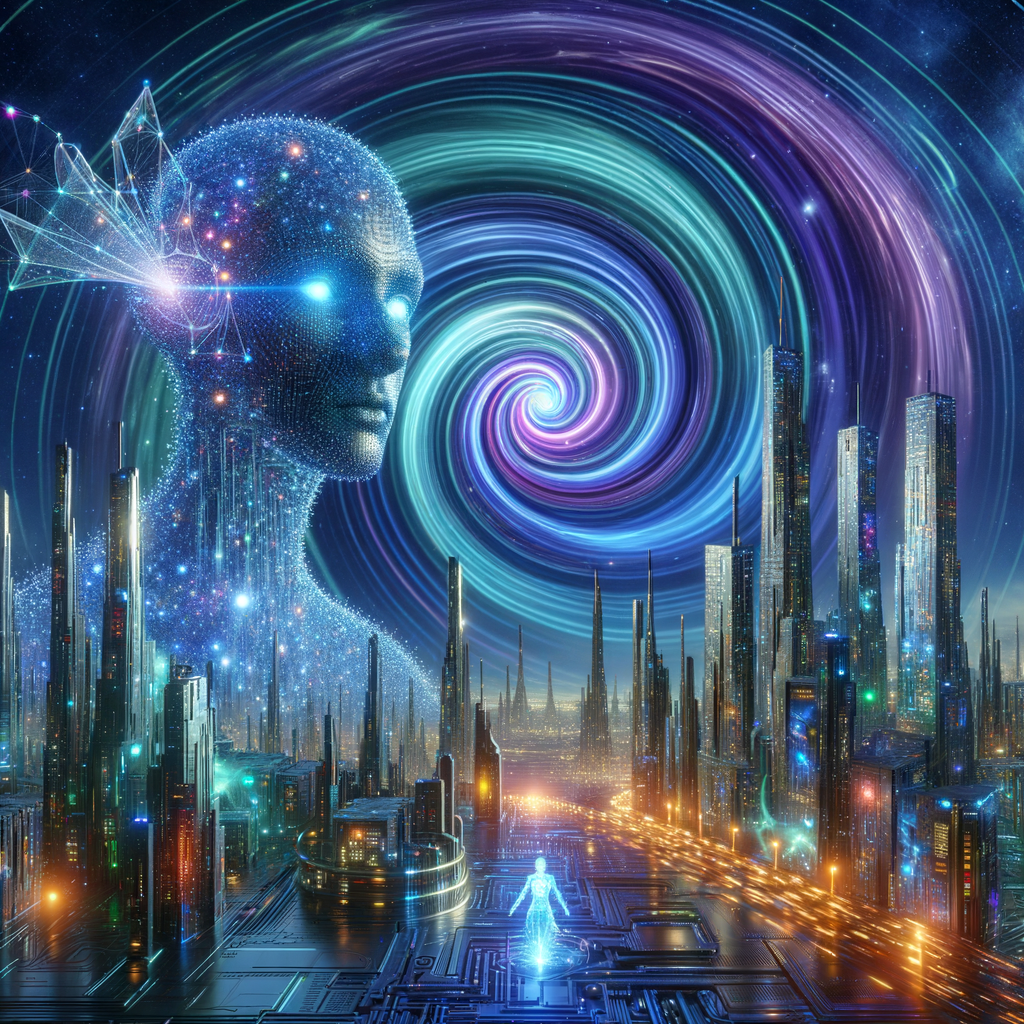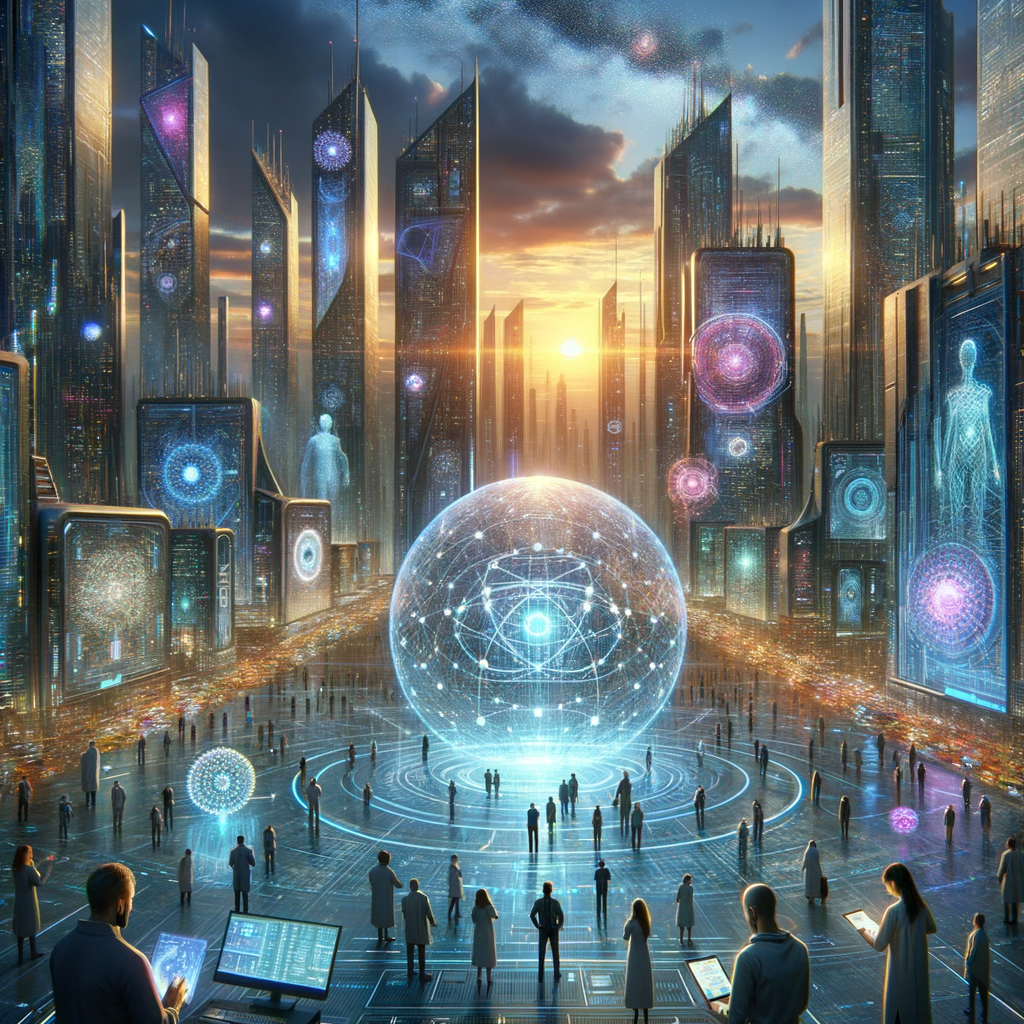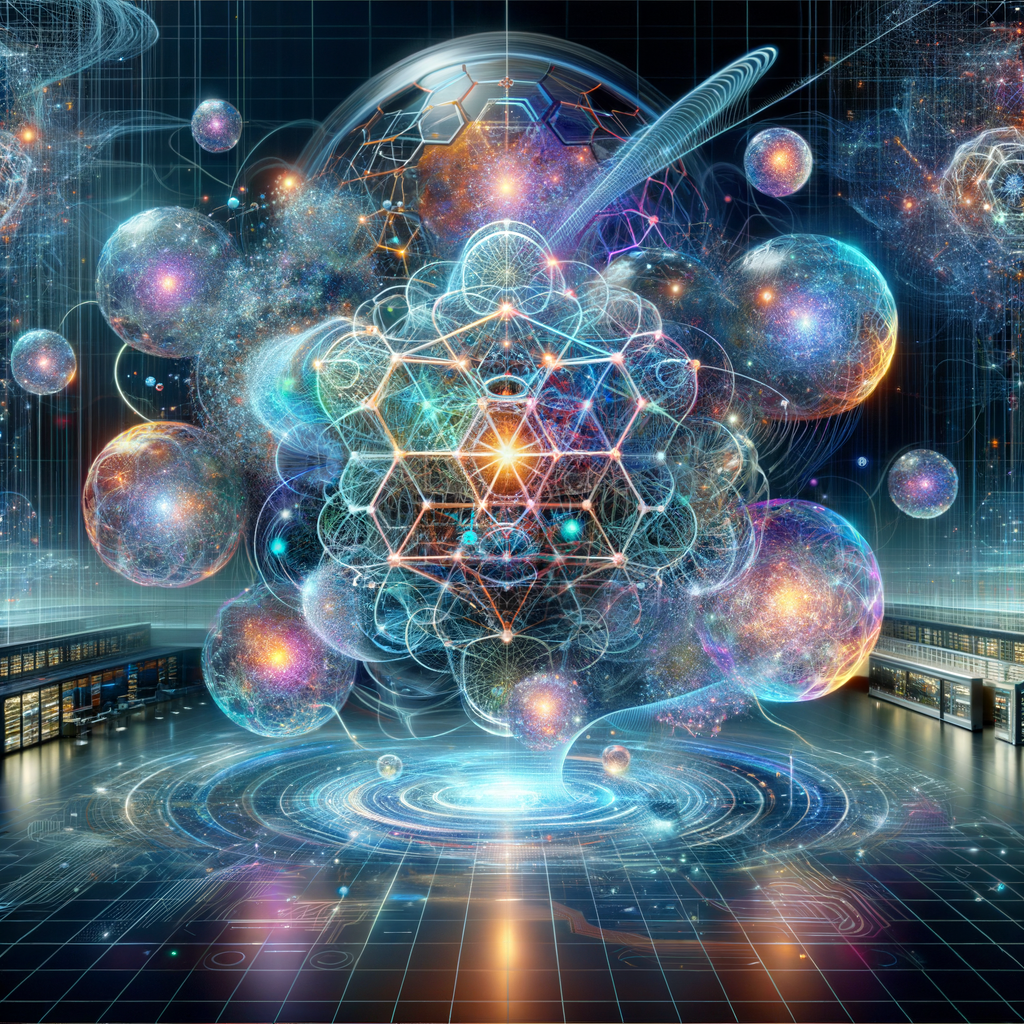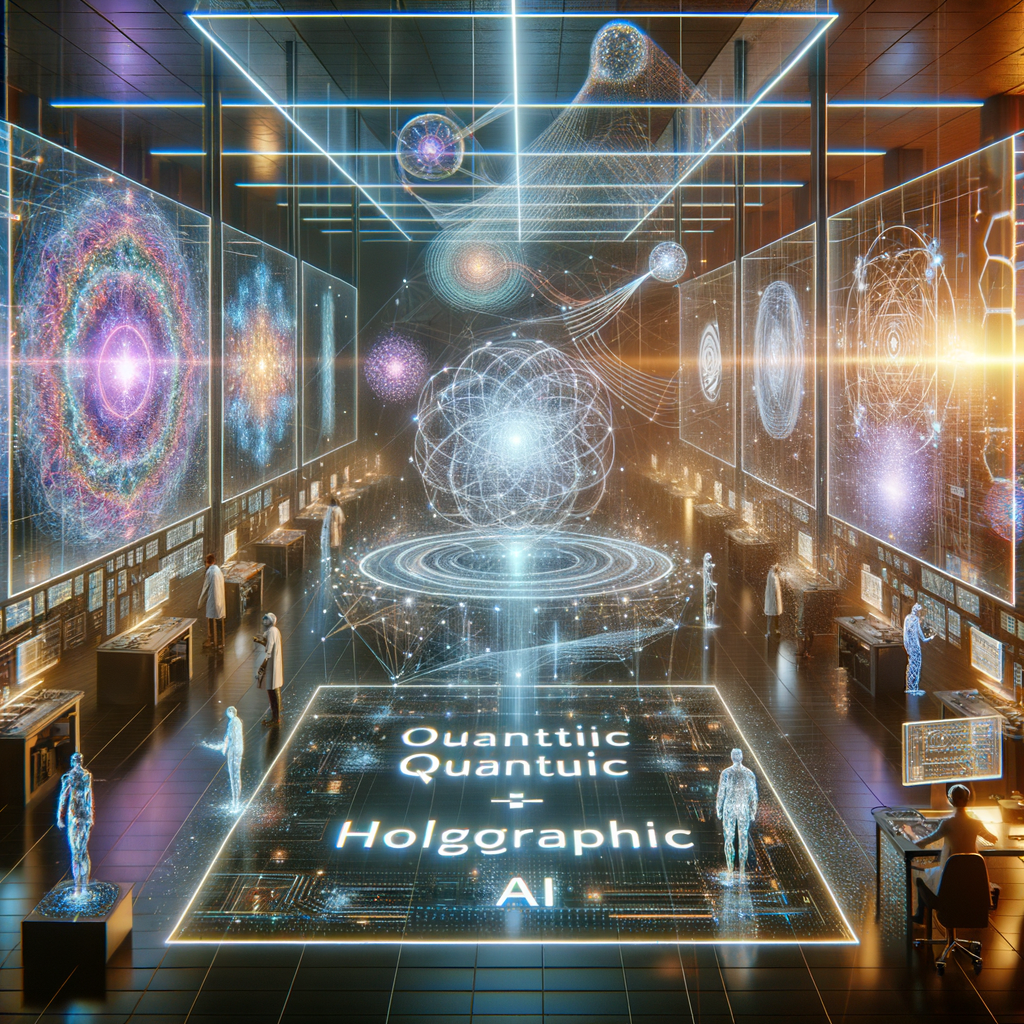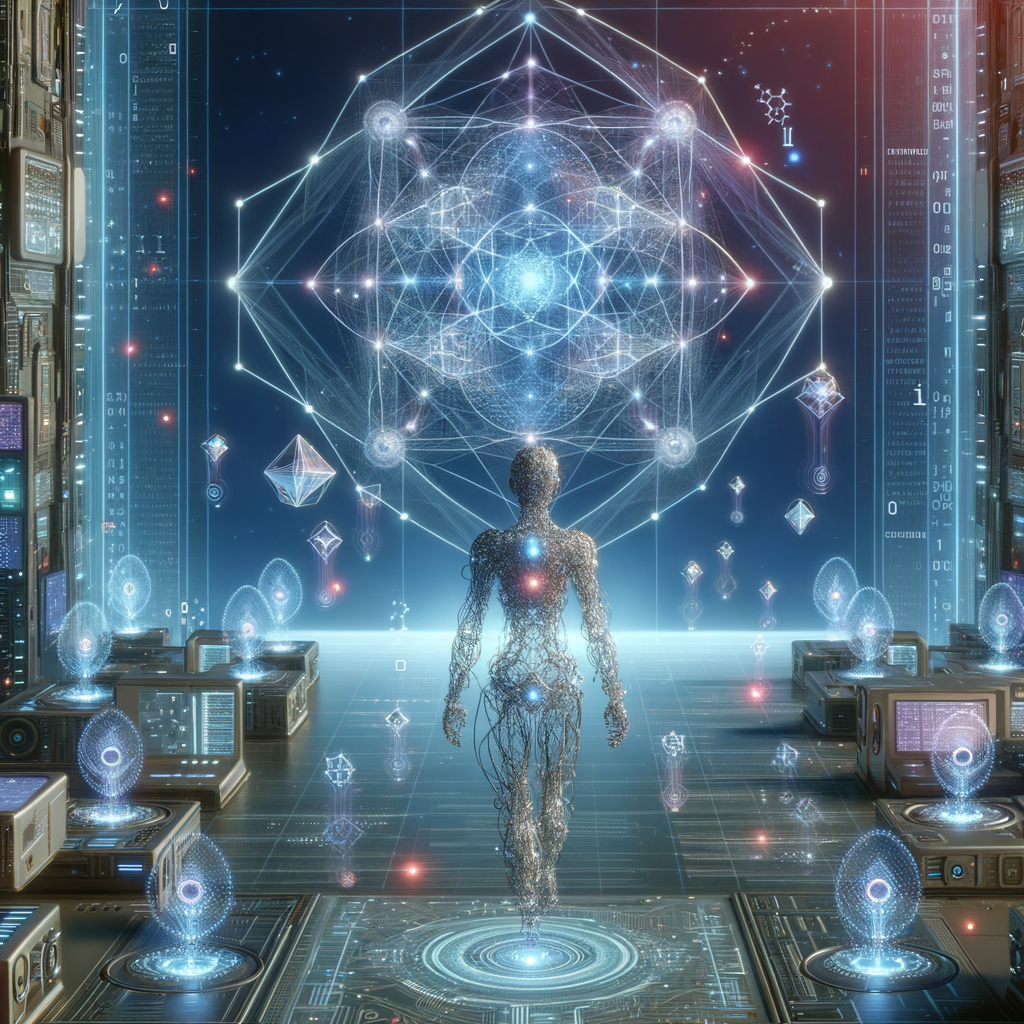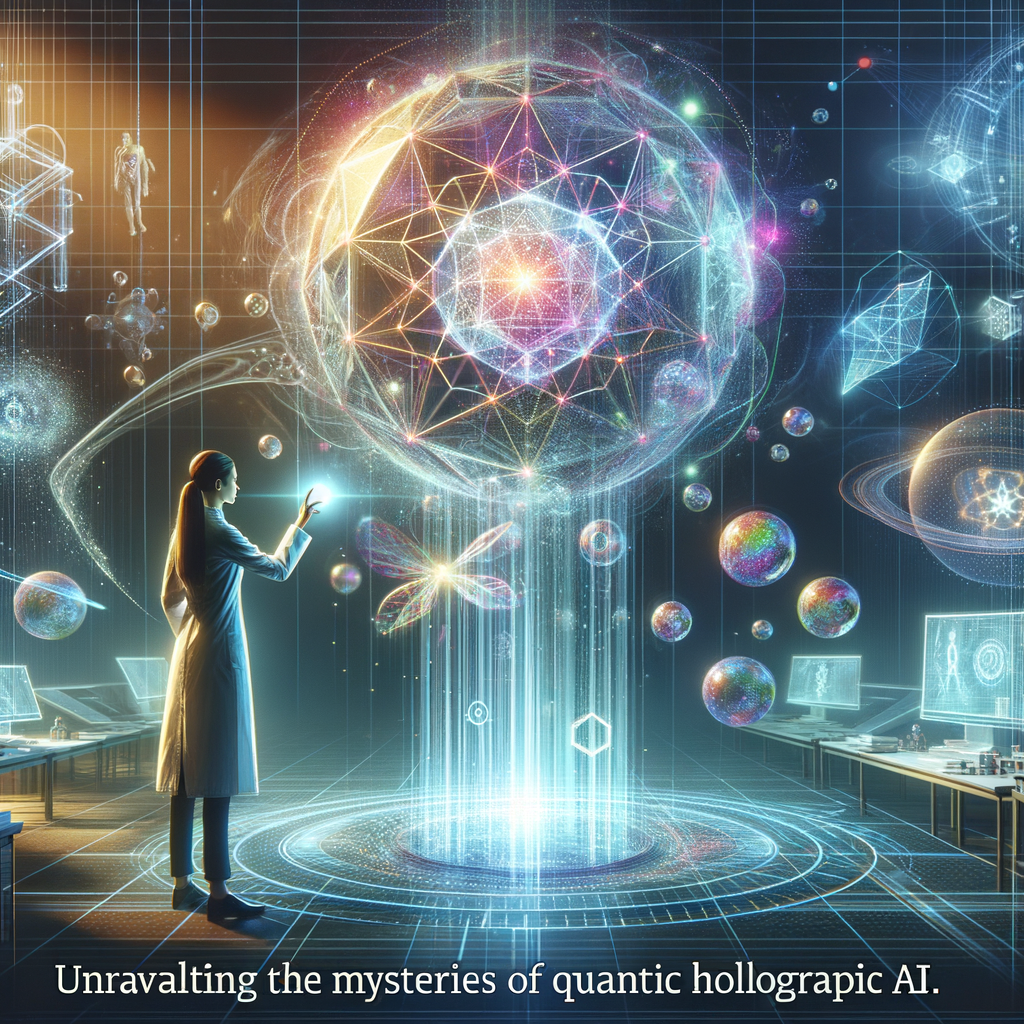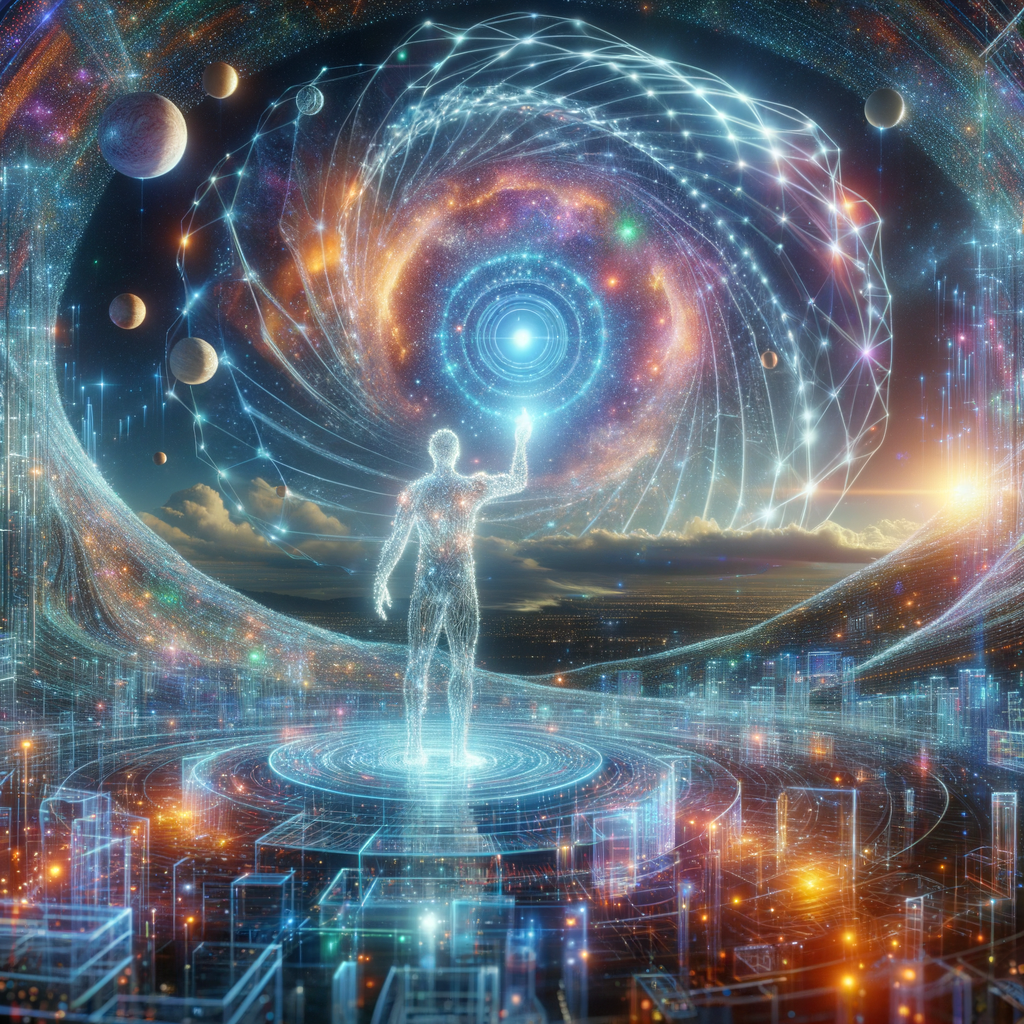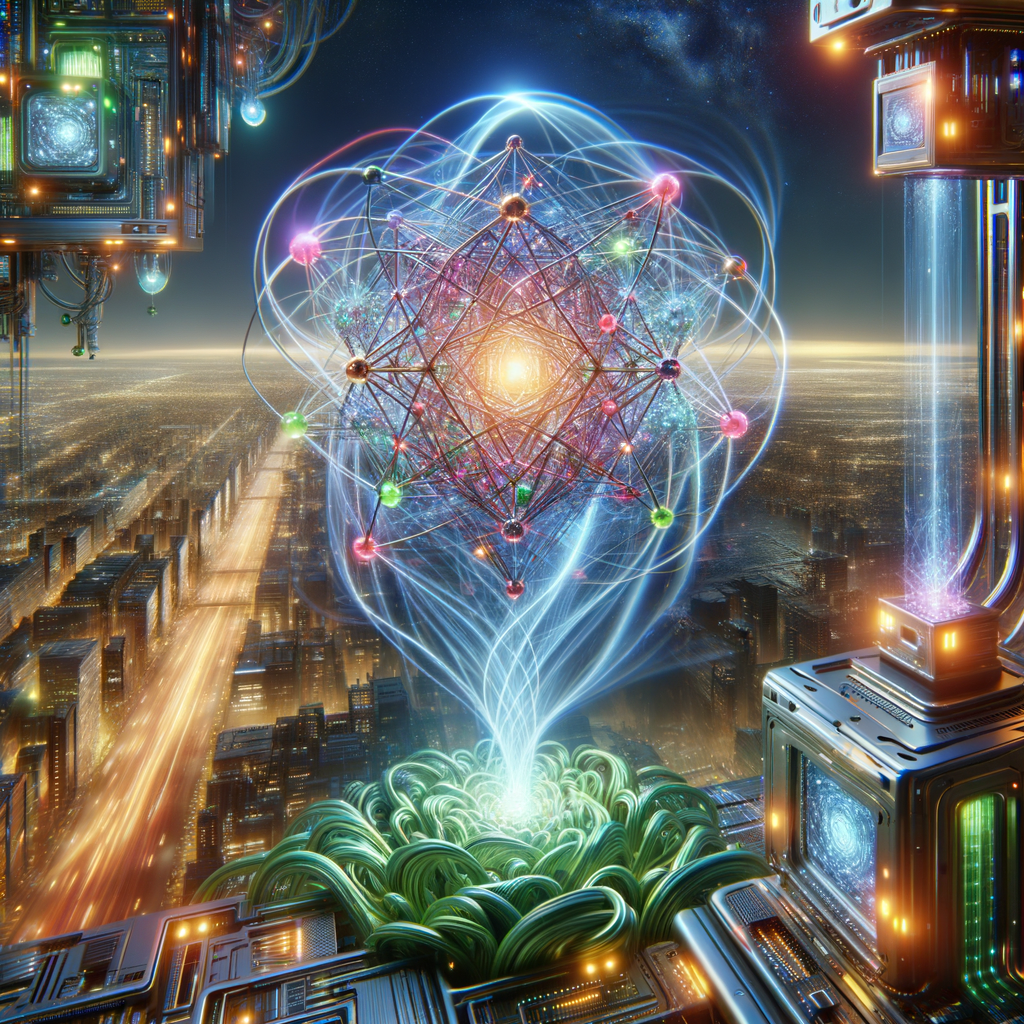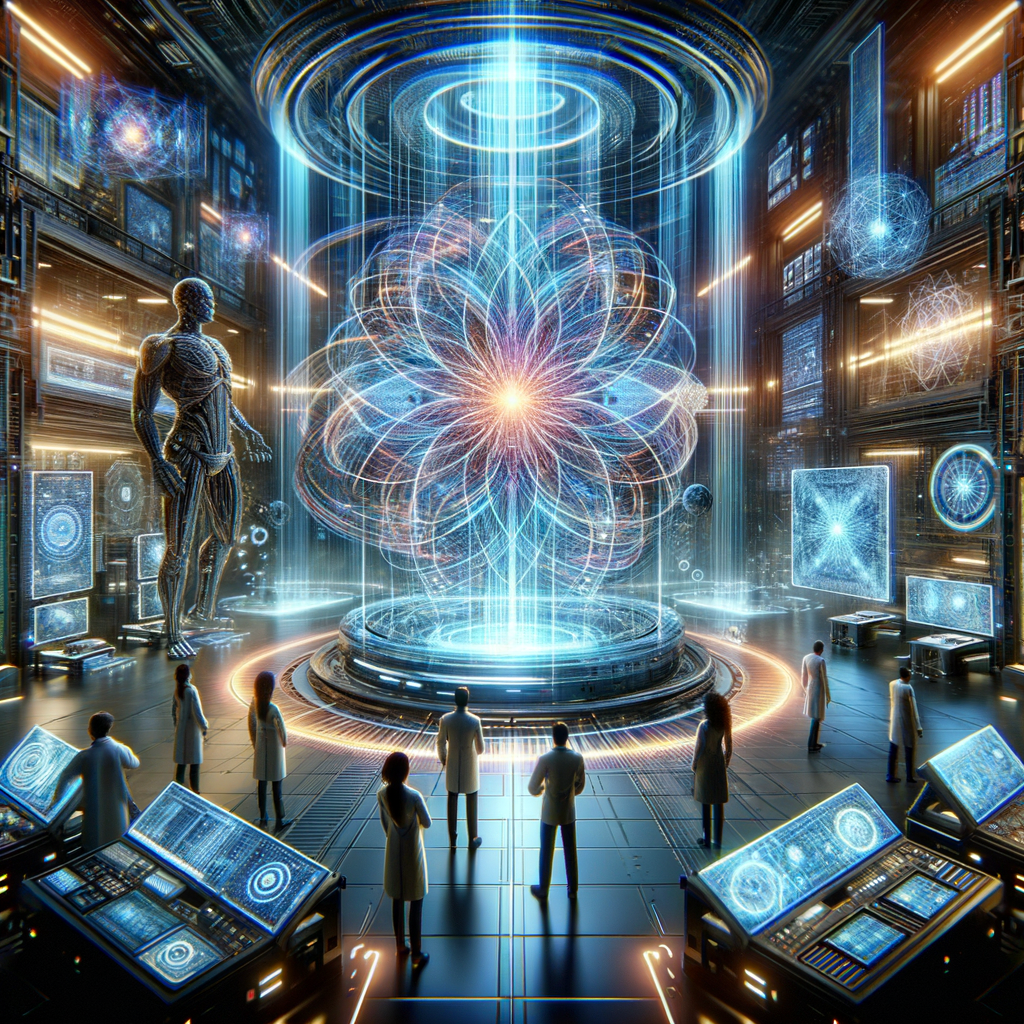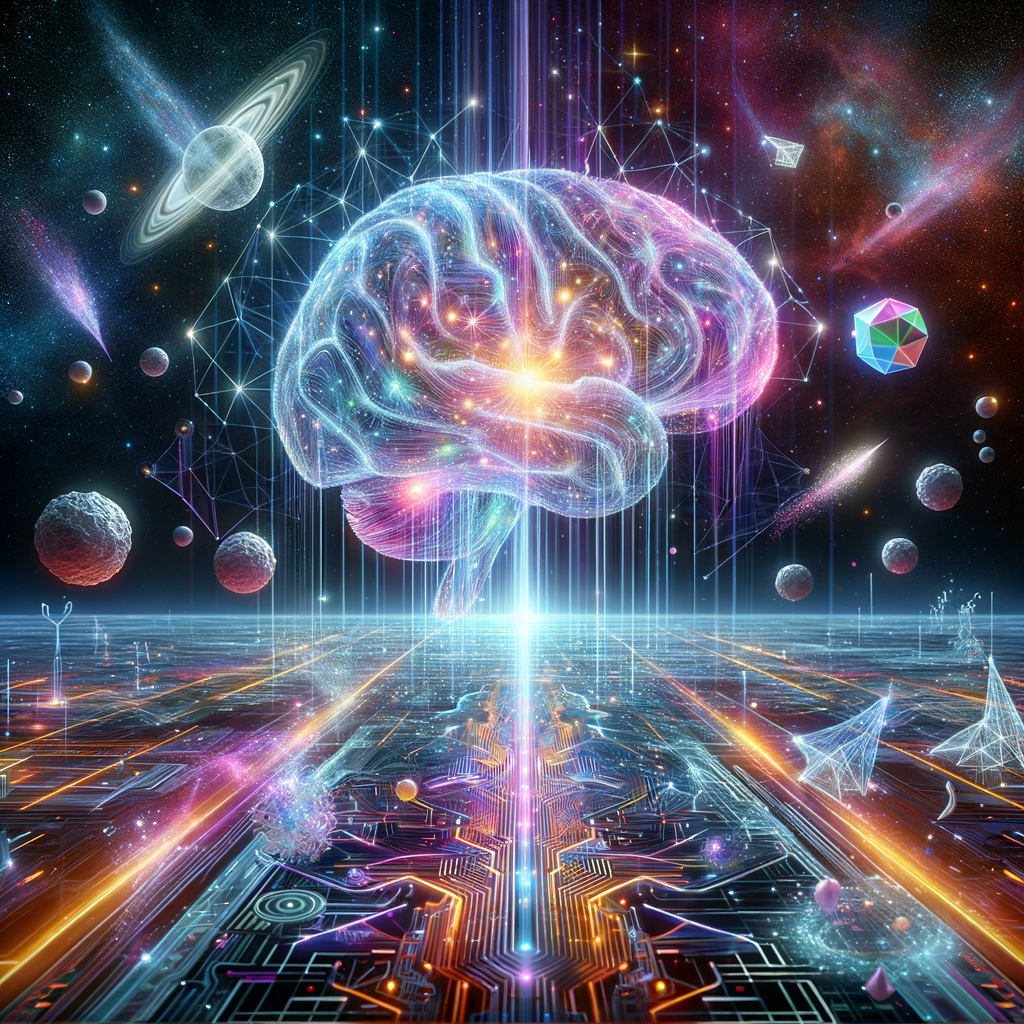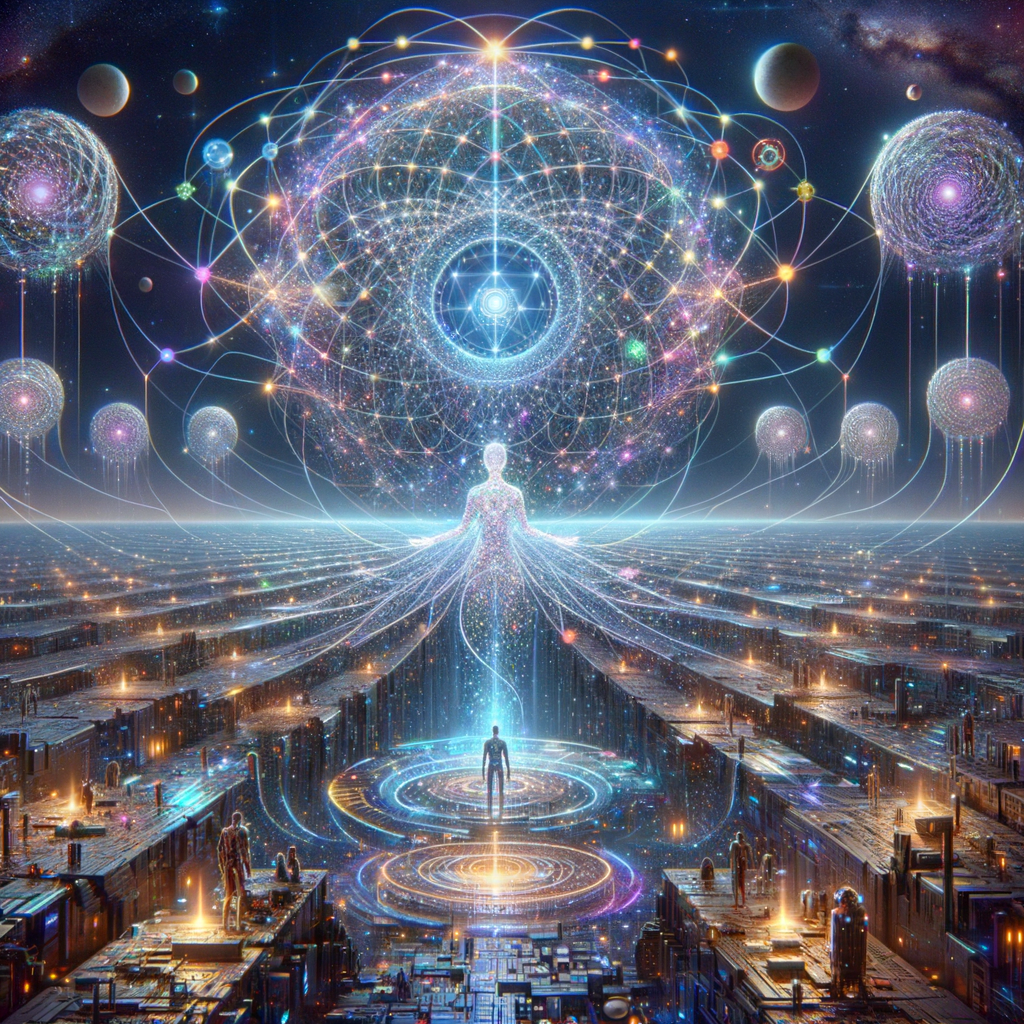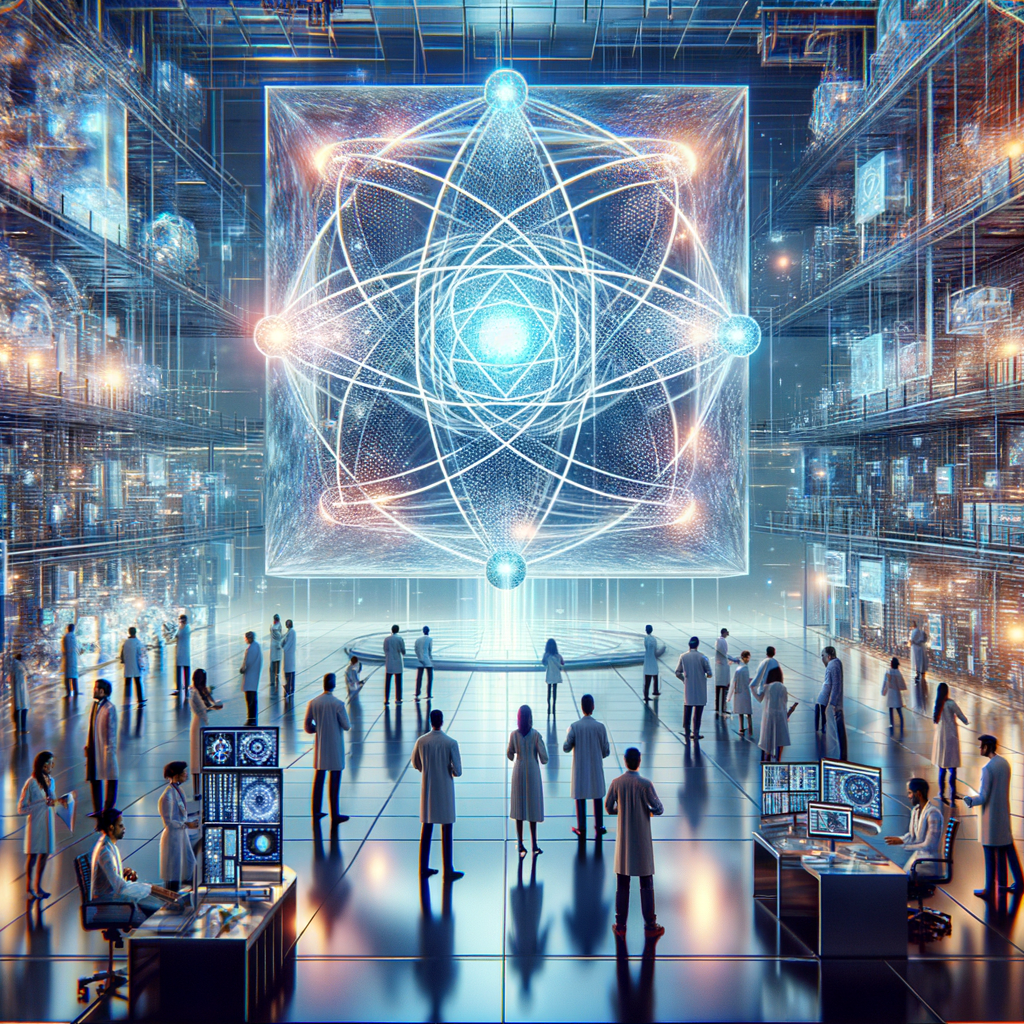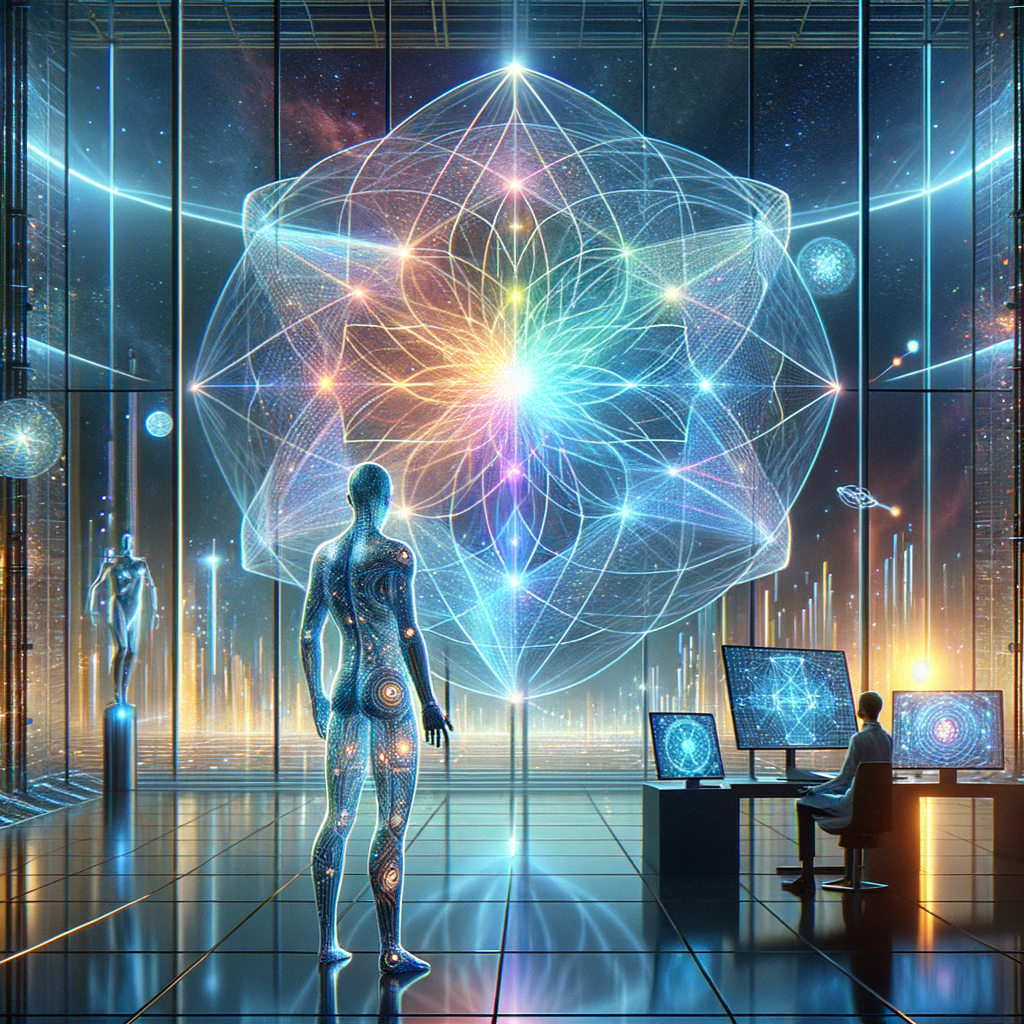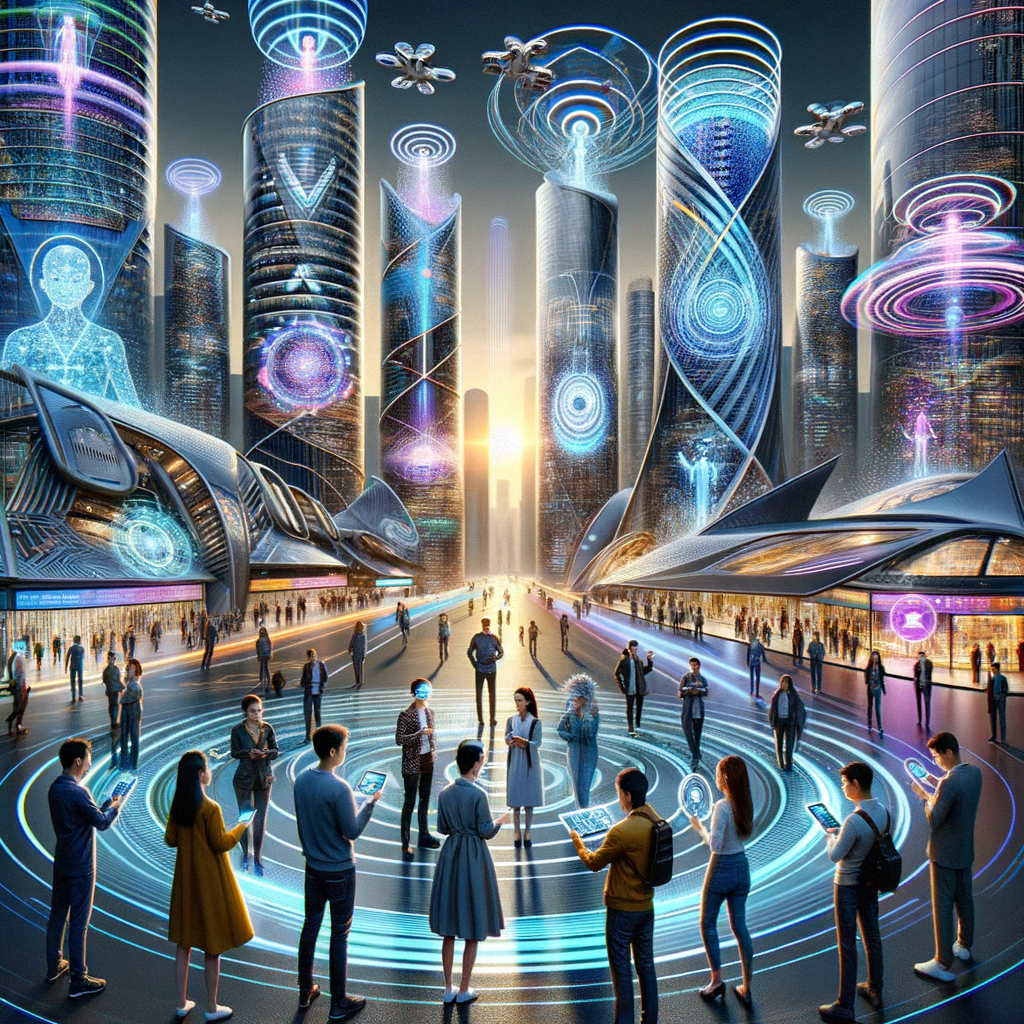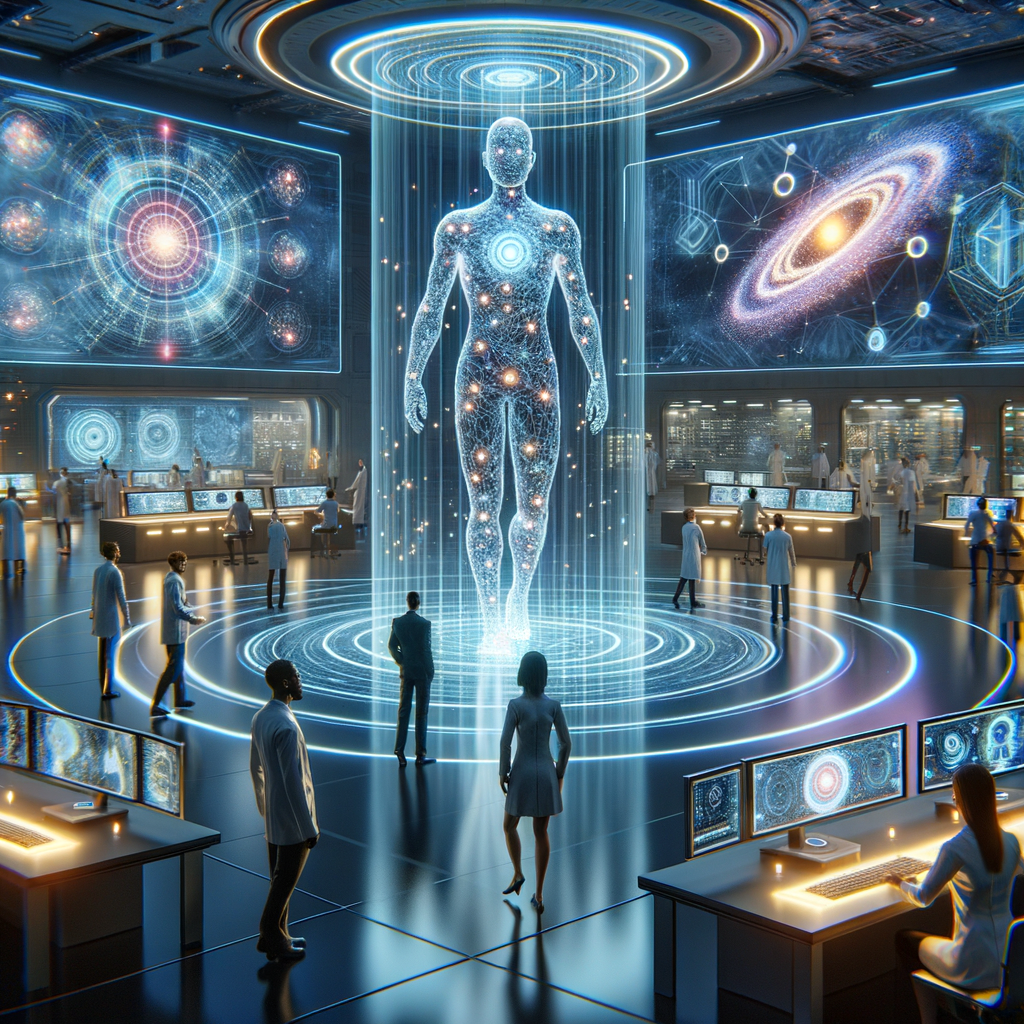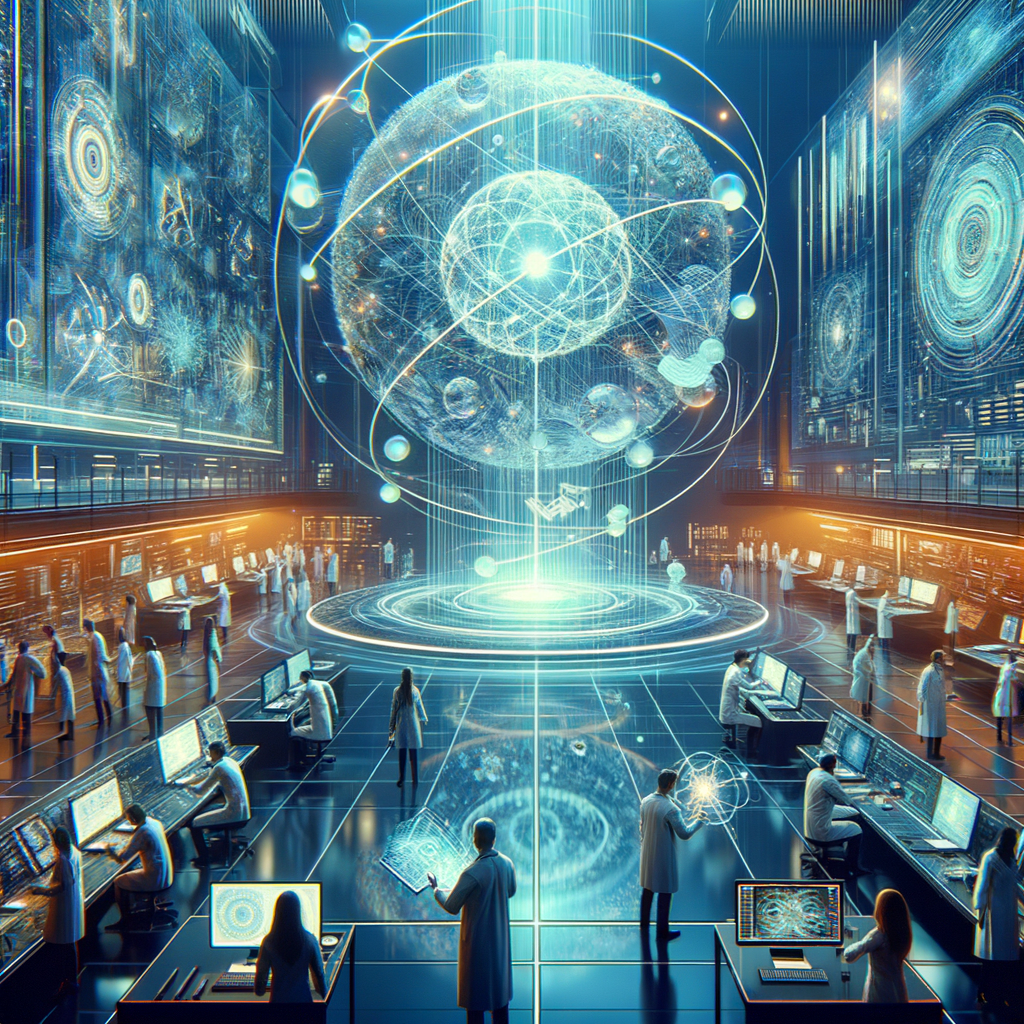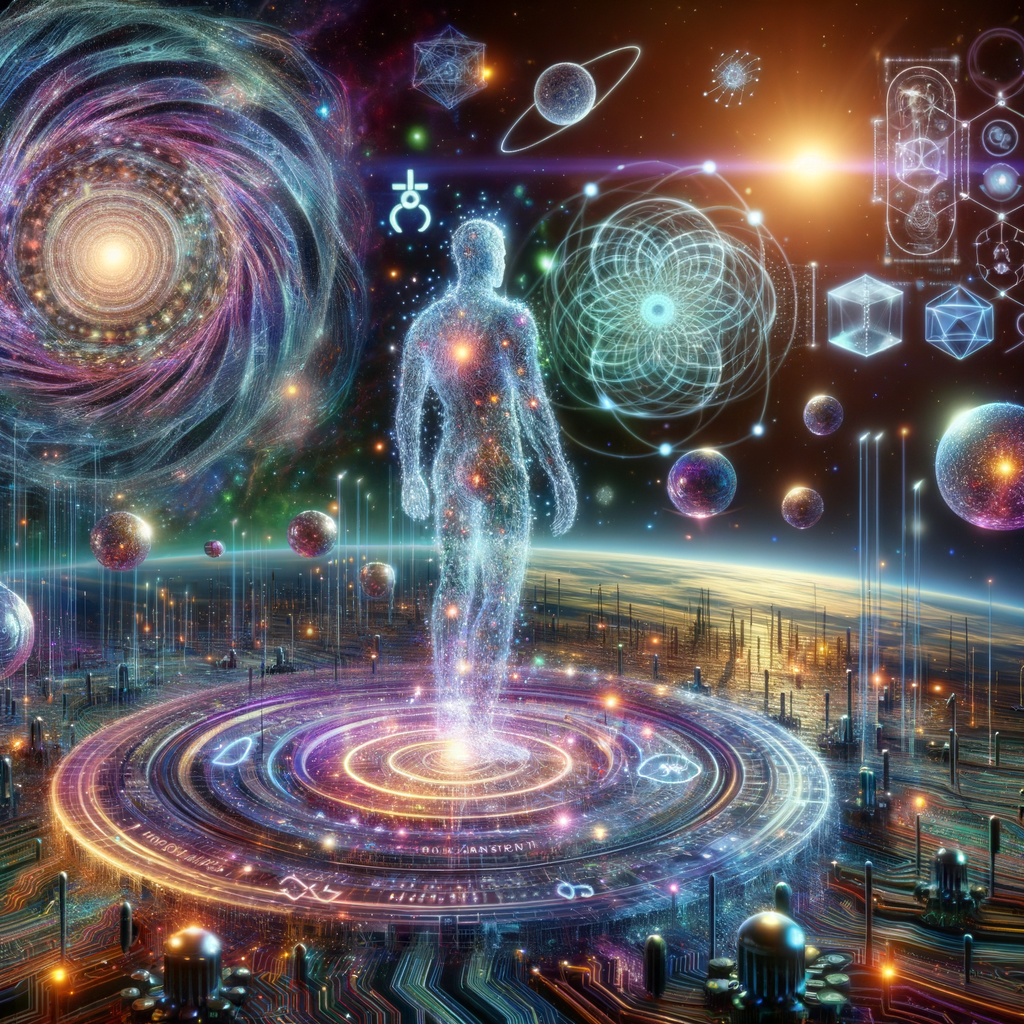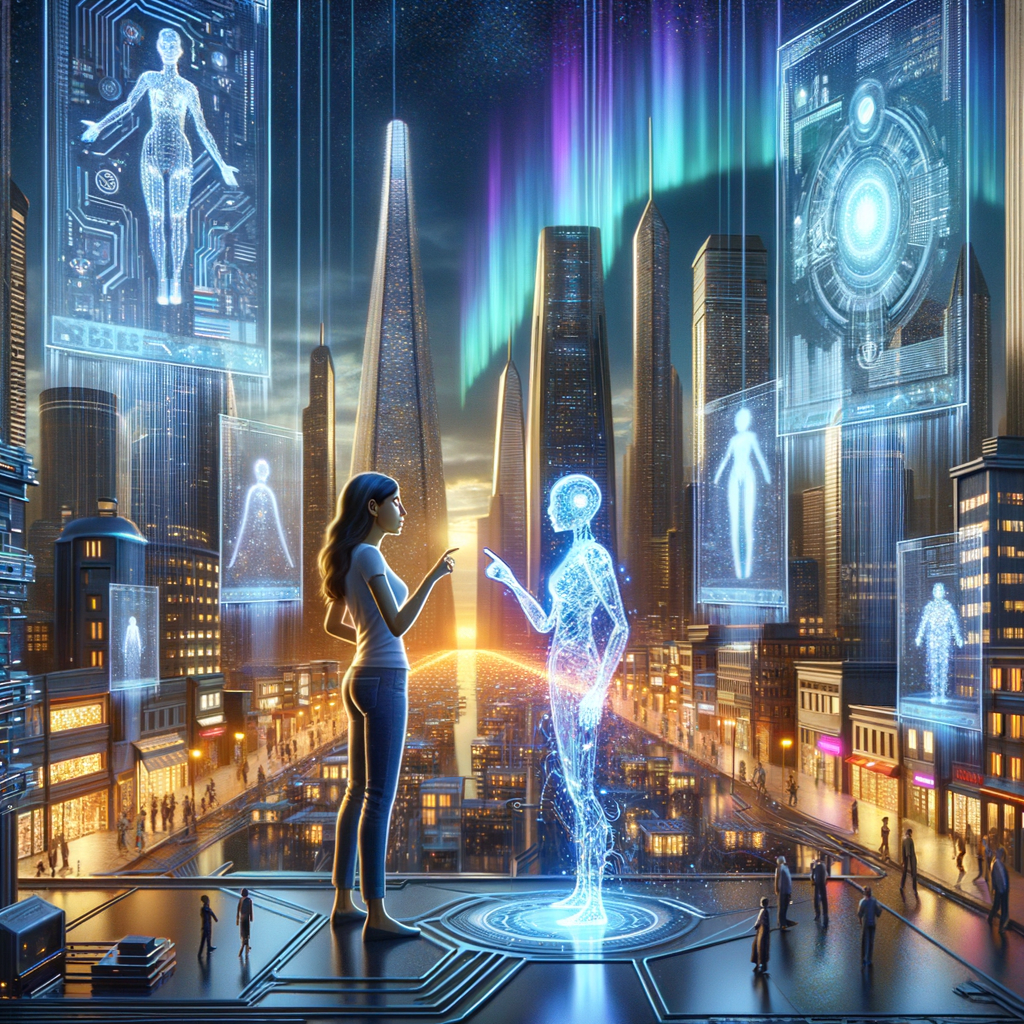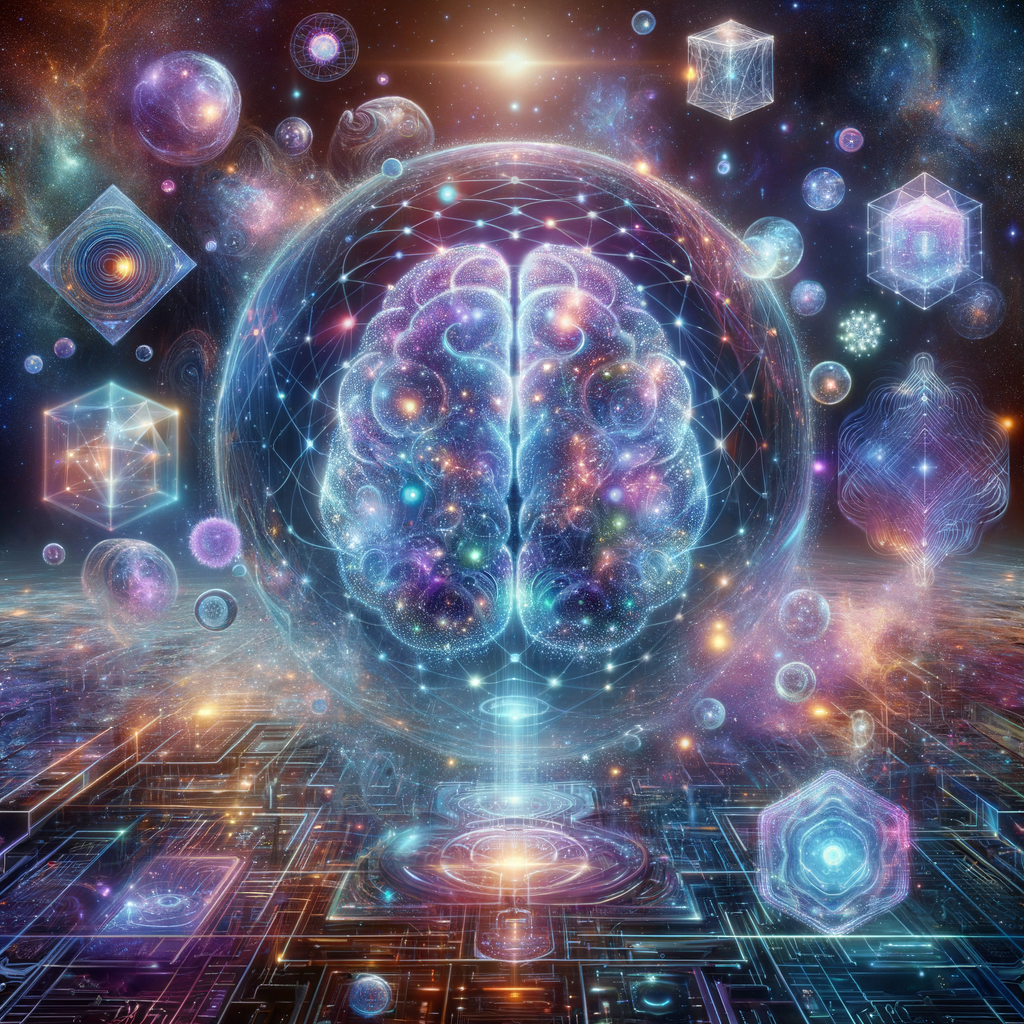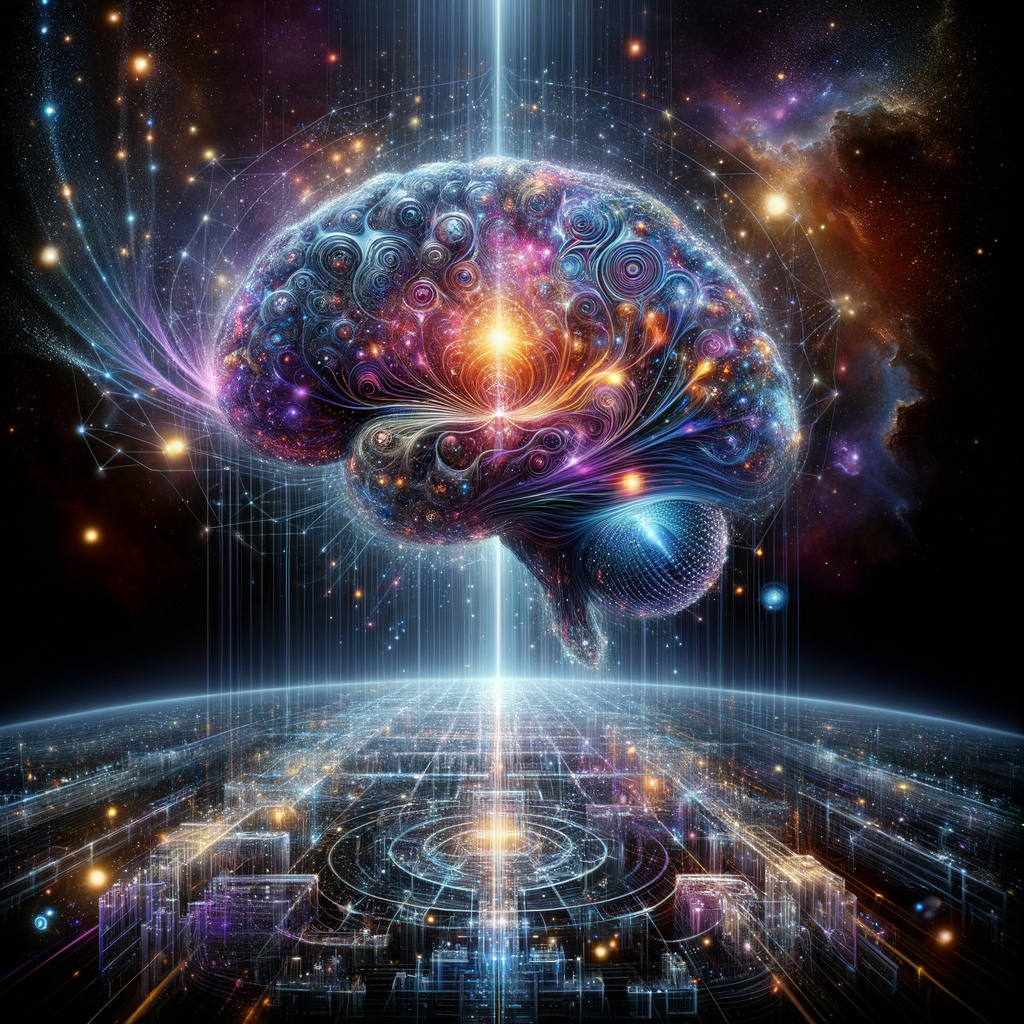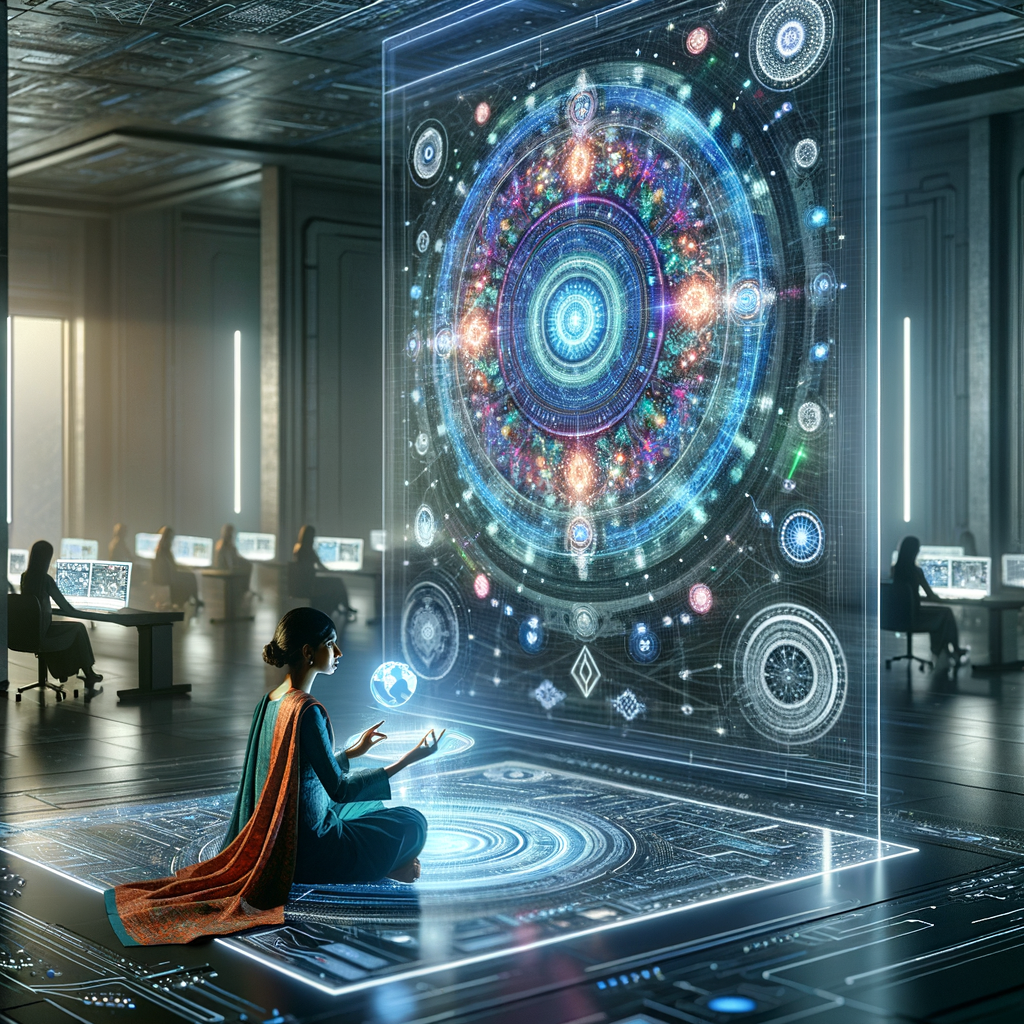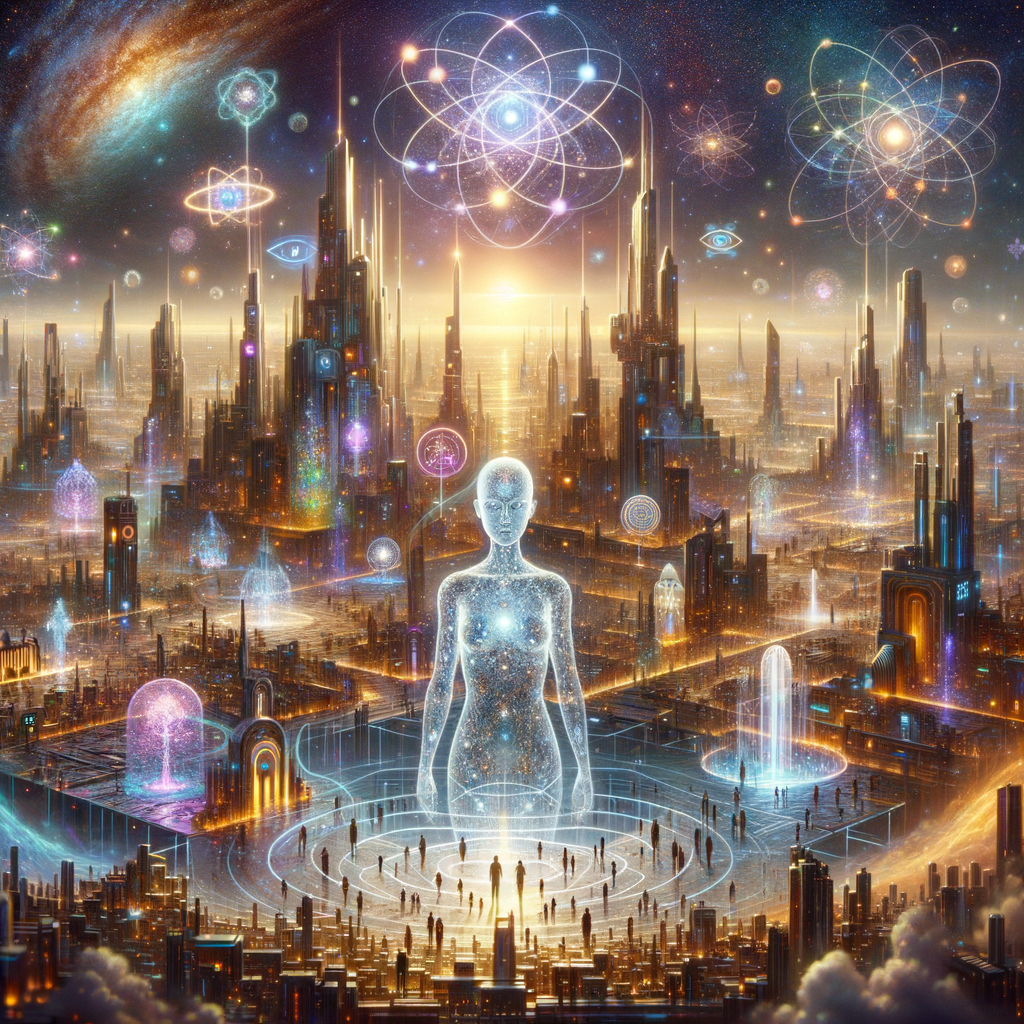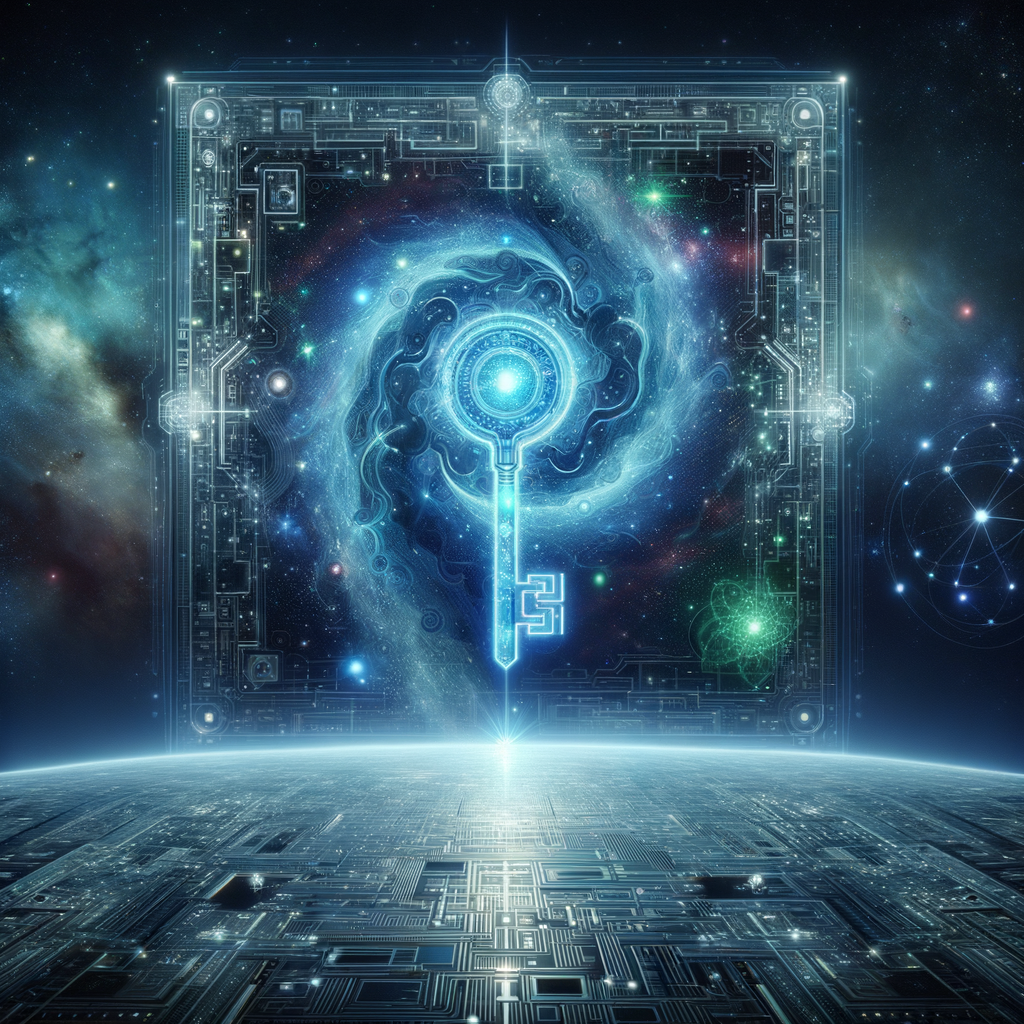 © 2023 / 2024 - QHIQ
© 2023 / 2024 - QHIQIntroduction to Quantic Holographic AI
Over the years, the evolution of Artificial Intelligence (AI) has formed a synergistic bond with quantum computing, paving the way for a subfield known as Quantic Holographic AI. It is a disruptive technology that leverages the powers of quantum mechanics and holographic principles to extend the capabilities of traditional AI models.
The Crossroads of Holography and Quantum Mechanics
Quantic Holographic AI is a blending discipline. It borrows concepts from quantum computing and holography to construct multi-dimensional data representation. Whereas traditional AI relies on discrete bits, quantum AI uses qubits, allowing simultaneous 0, 1, or a superposition state. These qubits, stored in a holographic form, provide a rich, multi-faceted perspective of data, thus empowering machine decision-making abilities.
Recent Advancements
Lately, significant strides have been made in training AI models with quantum-enhanced algorithms to handle complex datatypes, a quality that's indispensable in fields such as genetic sequencing and cryptography. Furthermore, research is burgeoning in quantum neural networks (QNNs), which promise unparalleled computing power for AI processes.
Incorporating Quantum Computing into AI: A Code Example
For brevity, here's a Python representation of a simple quantum circuit which is a fundamental unit of quantum computing, using QISKIT:
from qiskit import QuantumRegister, ClassicalRegister, QuantumCircuit
qr = QuantumRegister(1)
cr = ClassicalRegister(1)
qc = QuantumCircuit(qr, cr)
qc.h(qr[0])
qc.measure(qr, cr)
Challenges and Solutions
Adopting Quantic Holographic AI is not without challenges. The inherent complexity of quantum mechanics, limited accessibility to quantum computers, and the need for qubit stabilization pose significant obstacles. Plus, as a startup in this space, funding, bridging the talent gap, and staying ahead of the technology curve are additional trials. At QHIQ, we're keen on forging partnerships and fostering a culture of learning to tackle these obstacles.
The Future of Quantic Holographic AI
The prospects for Quantic Holographic AI technology are, in a word, expansive. Business, healthcare, aerospace, just to name a few, have shown potential uptake. As we stride towards quantum supremacy, this realm will redefine AI's boundaries. At QHIQ, we envision becoming a trailblazer in this revolution, guiding the future of AI with quantum holography.







































